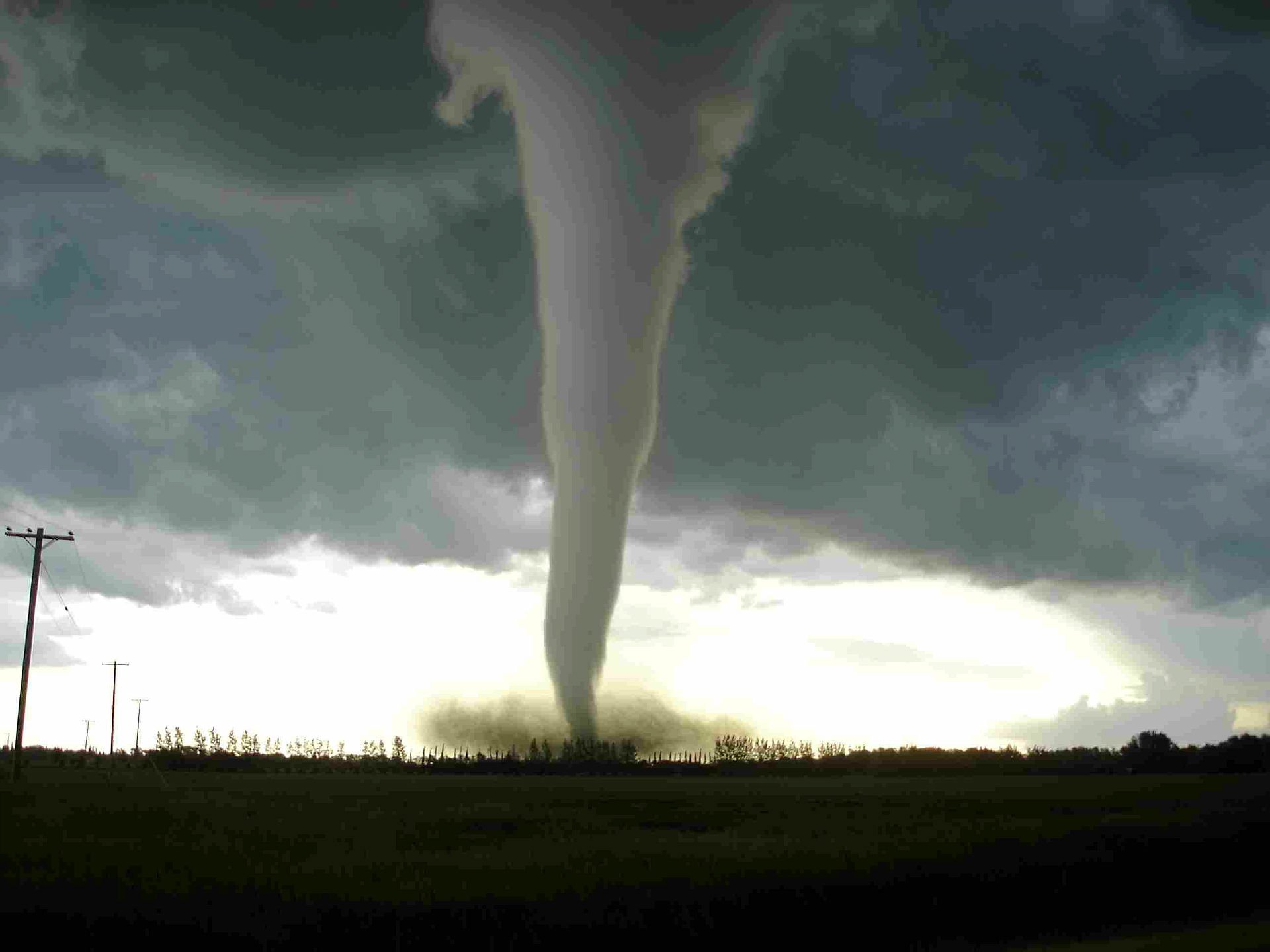Understanding the Science of Tornadoes: Posibilidad De Tornado

Tornadoes, awe-inspiring yet destructive forces of nature, have captivated the imagination of scientists and the public alike. To unravel the mysteries behind these atmospheric giants, it is essential to delve into the scientific principles that govern their formation and behavior.
The birth of a tornado requires a unique confluence of atmospheric conditions. A warm, moist air mass, typically found near the ground, ascends rapidly, creating an updraft. As this air rises, it cools and condenses, releasing latent heat that fuels the updraft’s growth. The surrounding air, drawn into the rising column, begins to rotate due to the Coriolis effect, a phenomenon caused by the Earth’s rotation.
Tornadoes manifest in a variety of forms, each with its own distinct characteristics. The most common type is the supercell tornado, which is characterized by a persistent, rotating updraft that can last for hours. Supercell tornadoes are often associated with severe thunderstorms and can produce large hail, heavy rain, and intense winds. Other types of tornadoes include landspout tornadoes, which form from thunderstorms with weak or no rotation, and waterspouts, which occur over bodies of water.
The intensity of a tornado is measured using the Fujita scale, which assigns a rating from F0 to F5 based on the damage caused by the tornado. F0 tornadoes, the weakest category, produce wind speeds of up to 72 miles per hour (116 kilometers per hour) and cause minimal damage. F5 tornadoes, the most powerful category, have wind speeds exceeding 200 miles per hour (322 kilometers per hour) and can cause catastrophic damage, leveling buildings and uprooting trees.
Identifying Tornado Warning Signs

Tornadoes can form quickly and without warning, so it’s important to be aware of the signs that indicate their presence. If you see any of the following, take shelter immediately:
– A funnel cloud, which is a rotating column of air that extends from the base of a thunderstorm cloud.
– A rotating cloud that is not associated with a thunderstorm.
– A debris cloud, which is a cloud of dust and debris that is lifted into the air by a tornado.
– A loud, roaring sound, which is the sound of a tornado’s winds.
Seeking Shelter, Posibilidad de tornado
If you see any of the warning signs of a tornado, take shelter immediately. The best place to shelter from a tornado is in a sturdy building, such as a basement, storm cellar, or interior room on the lowest floor. If you are in a mobile home or outside, lie down in a ditch or other low-lying area and cover your head with your hands.
La posibilidad de tornados puede ser una amenaza grave, pero con la ayuda del live weather radar , puedes estar al tanto de las condiciones climáticas en tiempo real. Este recurso invaluable te permite rastrear el movimiento de las tormentas, identificar áreas de alta probabilidad de tornados y tomar las precauciones necesarias para mantenerte a salvo.
La posibilidad de tornados es un recordatorio de la fuerza implacable de la naturaleza. Mientras observamos los patrones climáticos en constante cambio, es crucial mantenerse informado sobre los desarrollos meteorológicos. El reciente huracán Beryl destaca la necesidad de preparación y conciencia.
La trayectoria de Beryl es un ejemplo de cómo los fenómenos meteorológicos pueden evolucionar rápidamente, por lo que es esencial monitorear las actualizaciones y tomar precauciones para garantizar la seguridad.